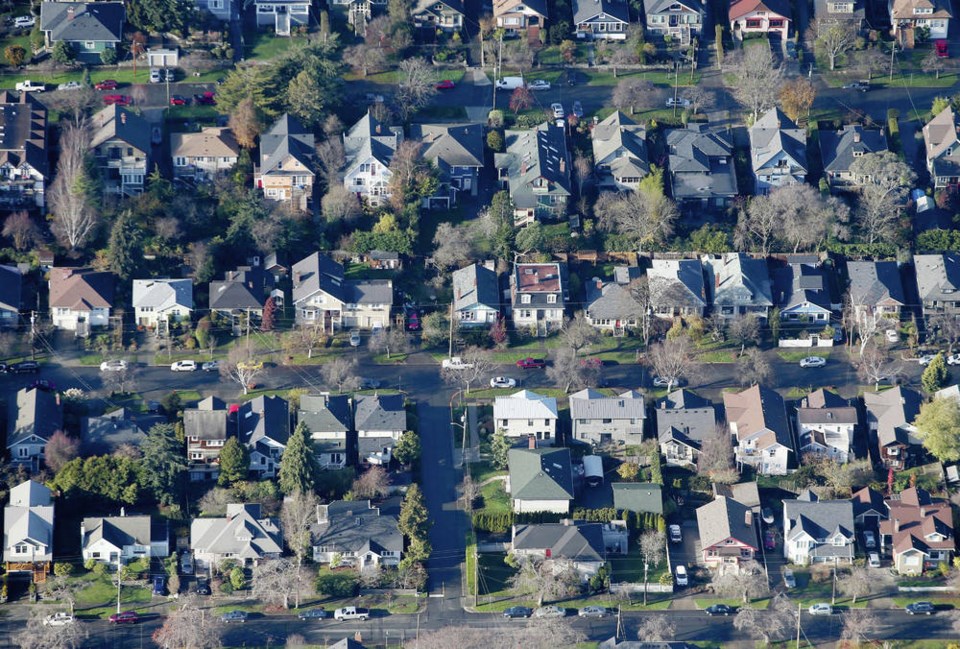Last week, I suggested our region would be well served by a centre focused on how to create healthy, just and sustainable “One Planet” communities and that it should pay attention to building community in the social sense and not just the physical design of the community.
My late friend Len Duhl, Professor of Public Health and Urban Planning at Berkeley, liked to point out that in addition to the “hard” physical infrastructure, communities have a “soft” social infrastructure that is every bit as important for the health and well-being of the people in the community.
Sometimes referred to as social capital, a community’s soft infrastructure is about the strength and density of both informal and formal relationships between people. One of the lessons we should have learned from COVID-19 is that valuing and caring for each other is important.
But the neglect of the social side of community building is apparent if you look at planning departments in municipal governments; lots of land use planners of various sorts, hardly any social planners. Moreover, while the Ministry of Municipal Affairs and Housing has infrastructure grants, they are for the hard, not the soft infrastructure.
As a result, the work of creating community, of building social capital, while just as important as creating the “built capital”, has been largely left to the voluntary sector. I suggest we re-think the whole business of community building, making it a central rather than a peripheral concern of municipal government. What might that look like?
Some 25 years ago, I was part of a team that entered an Ontario government competition to design a new community on government land northeast of Toronto; we came third. Unfortunately, Seaton was not developed for another 20 years, so these ideas were not put into practice. However, I think they are important and worth re-visiting.
Our design was radically different in several respects. First, it was deeply ecological, based on the carrying capacity of the land, a strong emphasis on energy and resource conservation and the use of renewable energy supplies. It was also based on a “bottom-up” design approach, starting with the household and working up to the final design, rather than the other way around.
But we also focused on “social sustainability”, reflecting our concerns with social equity, livability and human and social development. The social design sub-team developed a comprehensive human development strategy for the community with three key elements, the first of which was to build community. The next priority was to promote wellbeing and prevent problems, while meeting needs and providing services was the final priority.
By “build community” we meant a strong, supportive, tolerant community committed to the welfare of all its members – present and future – and the protection and enhancement of its environment. Using a bottom-up approach, we began by asking what capacities for human development exists and what needs can be met at the household level, then at the block level, the neighbourhood, the “village”, the town and then the city or the region.
On the design side, the implications included providing common space at the local level where people can come together in their daily lives; making contact and interaction with nature an integral part of the experience of living in the community; and designing neighbourhoods and “villages” that function as real communities in which people can live, shop, work and play.
But the implications for governance are even more interesting. We recommended creating forums for governance at the block, neighbourhood, village and town levels in which people can come together to address their common interests and concerns; promoting and facilitating co-design, co-management and co-ownership of residential areas, community facilities and human services; and developing volunteer and community service programs from elementary school onwards.
If we are to create healthy One Planet communities, local governments should be mandated to develop and implement comprehensive human development strategies based on these ideas.
Because “growing people and community” is really the business that all governments should be in, especially municipal governments. They should have a “Community Building Department” charged with creating both formal and informal connections between diverse people and organizations at the neighbourhood level and between neighbourhoods and the municipal government.



